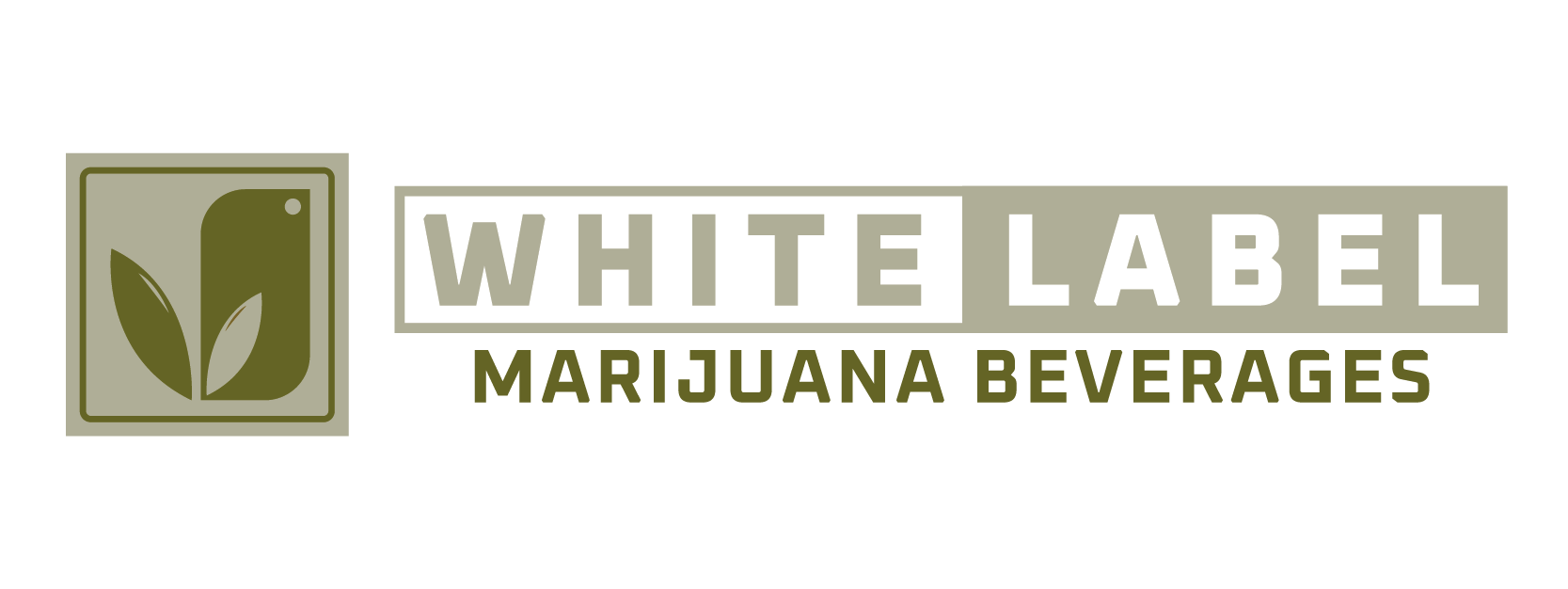White label drinks are shifting from novelty to a reliable growth play. Even though beverages remain a small slice of legal cannabis sales today (roughly ~1–3% depending on market), they’ve been one of the few categories to post steady gains as consumers look for a familiar, sessionable alternative to smoking and alcohol. That momentum is expected to continue, with several markets showing outperformance versus broader category declines.
Two forces are accelerating the next phase: consolidation and professionalization. Brand counts in beverages are shrinking while share concentrates among leaders, a sign that scale manufacturing, consistent emulsions, and disciplined retail execution are winning. For retailers and emerging brands, that’s precisely where white label partners slot in—standardizing quality, packaging, and compliance so private brands can launch faster and at lower unit costs than standing up a plant of their own. Recent BDSA snapshots show fewer total beverage brands year-over-year and a higher share accruing to the top cohort, underscoring the advantage of mature supply chains that white-labelers can provide.
Technology is also tilting the field toward capable contract makers. Modern nanoemulsion systems—built for stability, flavor neutrality, and fast onset—are now table stakes for repeat purchase. Sophisticated infusion partners publish data on droplet size, micelle formation, and digestive behavior, translating into predictable consumer experiences across batches and flavors. That lab-grade reliability is hard for a lone brand to replicate without a seasoned co-manufacturer.
Regulation will shape where white label beverages explode first. If federal rescheduling to Schedule III moves forward, removing the 280E tax penalty, operators could finally reinvest in R&D, packaging lines, and retail programs that favor beverages (think cold storage facings and multipack pricing). It wouldn’t legalize interstate THC commerce on its own, but it would ease burdens on licensed manufacturers and sharpen the economics for private-label programs. Expect better capital access and more professionalized portfolios as a result.
Meanwhile, hemp-derived THC drinks are widening the on-ramp. They’ve opened mainstream distribution—from bottle shops to big box—creating consumer familiarity with “THC in a can” and training shoppers on dose, onset, and flavor styles. That creates tailwinds for THC beverages sold in licensed stores and offers white-label manufacturers optionality: develop compliant hemp SKUs for broad retail and state-licensed SKUs where regulations permit. Still, patchwork rules, labeling friction, and age-gate standards remain top-of-mind risks for beverage makers planning multi-state footprints.
Category strategy will look increasingly like traditional CPG. Expect to see: multipacks and variety packs designed for basket building; functional sublines (caffeine for “focus,” minor cannabinoids for mood states); culinary collaborations for flavor credibility; and retailer “house brand” tiers that mimic alcohol’s good/better/best schema. In practice, white-label partners will provide the toolkit—base emulsions, flavor libraries, canning/bottling formats, and compliance documentation—so retailers can localize assortment without reinventing operations. As the top brands consolidate and consumers get pickier, private-label beverages that are consistent, priced right, and merchandised well stand to capture repeat trips.
The punchline: white label beverages are poised to become a core, not fringe, part of cannabis assortments. Better tech, improving unit economics, and CPG-style execution—plus potential tax relief from rescheduling—set the stage for scaled private brands that feel as trustworthy as legacy soda or seltzer. The winners will be retailers and brand owners who treat beverages like a modern grocery category: data-driven, quality-assured, and relentlessly convenient.

